Jobs to do in the garden in June: with Alan Titchmarsh on how to give your plants a second flush
Keep your garden blooming all summer long with these essential jobs to do now from the TV presenter and other top gardening experts.
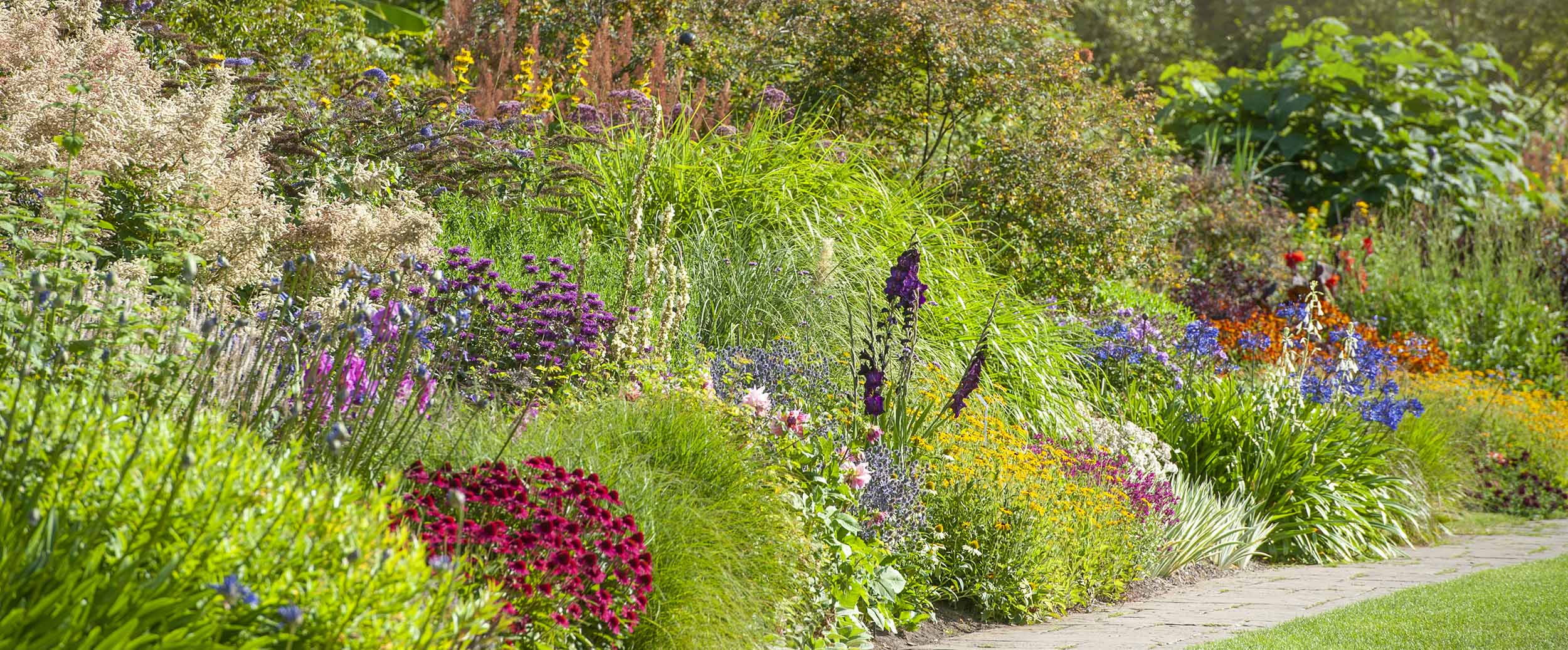
Keep your garden blooming all summer long with these essential jobs to do now from the TV presenter and other top gardening experts.

There’s something particularly joyous about a June garden. Annuals and perennials are bursting with colour and interest and, for many gardeners, this is the best month for blooms.
Gardening TV presenter and gardener Alan Titchmarsh shared his advice with Saga Magazine on what to do in the garden now - and the simple task to help your garden blooming all summer long.
"It’s a big planting time for summer annual plants and flowers," he told Saga Magazine.
"The beginning of June is time to really get stuff in. By the middle of the month, if you’re garden is not looking good then there's not much hope!
"If you think there's a bit of a gap somewhere, you can still add colour to your garden. After that it’s about watering and keeping up with things, maintaining feeding containers and deadheading too.
"As soon as flowers are fading, nip them off. It’s a very gentle job, the birds are singing and the garden is looking nice and if you do this you might well get a second flush.
"Don’t water your lawn, it will recover from a dry spell as soon as there is a shower. Rewilding is fashionable but don't let the lawn grow entirely wild. The blackbirds, the thrushes and the starlings like a mowed lawn, because they can get to worms and grubs. They can't when the grass is too long. You need a balance, a bit of both.
"And remember to sit down and enjoy it all."
Papaver – otherwise known as poppies – are a must in the garden for their charm, colour and fleeting qualities.

They are so simple to cultivate too, as they prefer to be sown directly into ground soil rather than into a seed tray. They hate their roots being disturbed.
“Follow the rule of the four Ts to succeed with direct sowing,” says garden expert Sarah Raven.
"Sow into a fine Tilth (finely tilled soil), at the right Time (when the soil is warm and moist), sowing as Thinly as you can, and then Thin the seedlings to leave them spaced 25-30cm [10-12in] apart.”
If you sow direct now, many varieties will flower within eight weeks.
The oranges are always a hit, such as Papaver rupifragum 'Orange Feathers' and Eschscholzia californica ‘Fire Bush’. They work perfectly with lavender and, what’s more, they’ll self-seed freely for more plants next year.
Use metal stakes, bamboo sticks or foraged branches

Many of our favourite British border plants need support to help them to perform best.
“The key is to do this early on,” advises RHS Rosemoor’s curator Jonathan Webster. “This means that they grow through and around the frame you are using, giving them a more natural look.”
Taller, more fragile, herbaceous plants, such as delphiniums and peonies, are best suited to metal link stakes, which come in various heights and link together to strengthen the support they offer. Often green in colour, these blend in and do not detract from the glorious blooms above.
“Flower rings are also great for supporting plants such as freesias and chrysanths,” says Raven. “Annuals like sweet peas,” adds Webster, “like to climb on branches of hazel or silver birch woven into artistic structures. This also adds another element to the garden in the form of art.”
Get the temperature just right
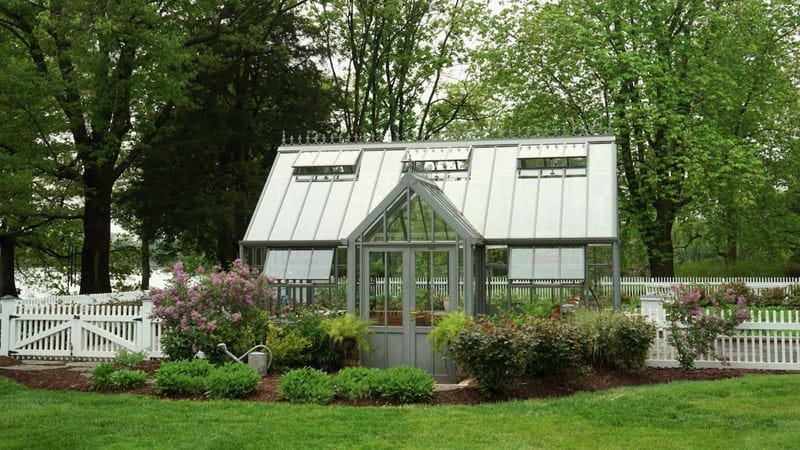
In the greenhouse, keep your crops well-watered with tepid water. It’s best to use tap water for seedlings to avoid any water-borne contamination from the water butt.
“Pay particular attention to crops in growing bags,” says Tom Barry, CEO of greenhouse specialist Hartley Botanic.“The relatively small plant-to-compost ratio means they can dry out rapidly in hot weather.”
Remember that erratic watering can cause calcium deficiency, resulting in ‘blossom end rot’ on tomatoes and peppers. This is when a browny black circular patch appears at the end of the fruit furthest away from the stem.
In the growing season, this is best avoided by keeping the compost consistently moist, watering one to two times a day depending on the temperature.
Keep on top of the cutting back and tidying and you’ll be rewarded with a tidy space and even more flowers.
“Huge-flowered oriental poppies, such as the beautiful, dusky purple ‘Patty’s Plum’, have finished flowering,” says Raven. “Cut everything back to ground level, leaving no foliage standing. Feed, mulch, give them a good amount of water, and allow the new foliage to naturally grow back.”
“Cut back delphiniums right to the ground, including the leaves as well and old flower spikes,” she adds. “If you do this now, almost all plants will give you a second flush of flowers in August and September.”
To mow or not to mow…
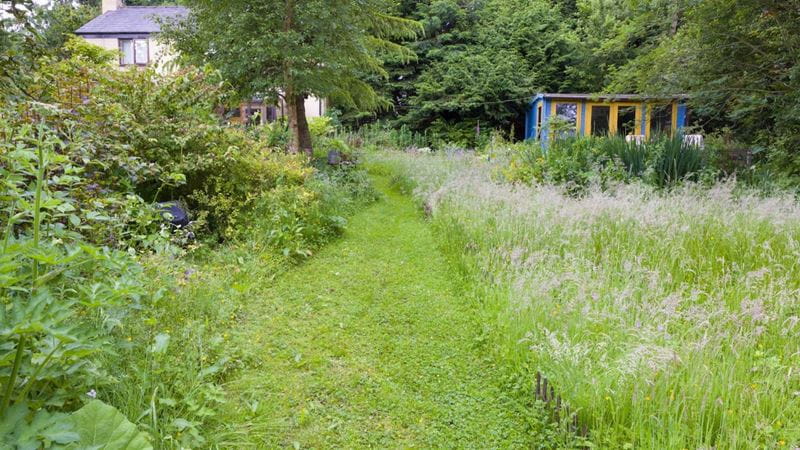
Lawns are important, as they provide space for us to relax. Lawns and the plants that surround them enhance each other, and the green tones create a tranquil atmosphere. “Mow and edge your lawn,” advises Raven. “Even if you don’t have time for any other jobs outside, it will make your garden look much better.”
“If it is not too hot and dry, your grass will need cutting weekly if you want to keep it looking sharp,” adds Webster. “If a dry spell is on the horizon, raise the height of the cut on your mower, which helps to preserve a bit of moisture and keep your lawn greener for longer.”
We all know that creating habitats for wildlife is important, and we've got advice from lawn expert David Hedges Gower and Alan Titchmarsh on lawn care and mowing - and how to strike the right balance.
It's crucial for more flowers
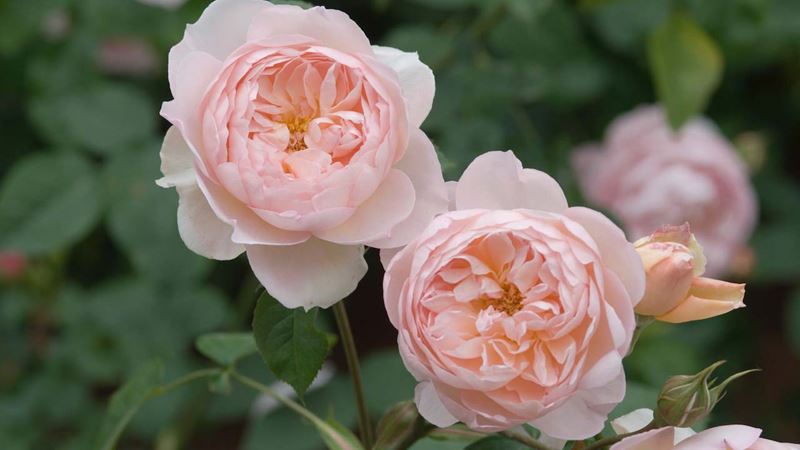
Deadhead roses as often as you can. “Snip off their browning heads to a bud or leaf below to help promote the formation of axillary buds,” says Raven. “Then more flowers will follow.”
Rambling and climbing roses will be growing rapidly so tie them in regularly to keep them upright.
From June to September, established roses need to be watered once a week. “As your rose starts blooming, take note if your flowers are wilting,” suggests Paul Constantine of David Austin Roses.
“This will happen in extreme heat but is a reliable sign that your roses need more water.” Newly planted roses will need to be watered every other day.
Remove the three Ds first
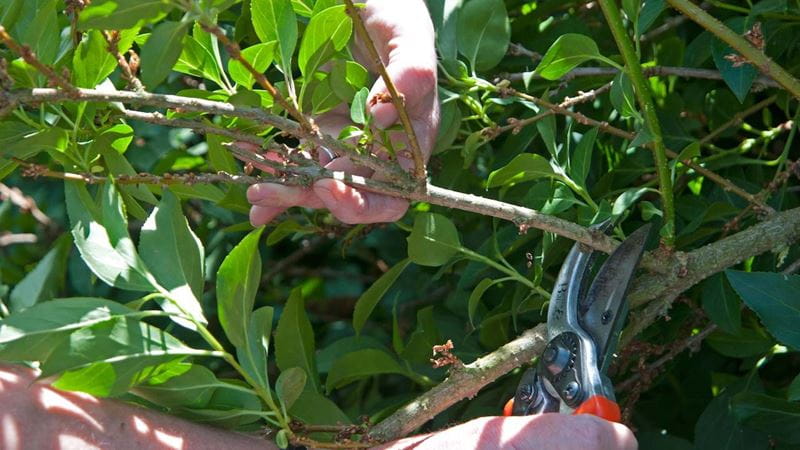
It's also time to prune spring-flowering shrubs, such as forsythia, ribes (the flowering currant) and philadelphus (commonly called the mock orange).
“These are all deciduous plants, meaning the leaves fall off in winter; they flower on the bare twigs of the new wood, which will grow over the summer,” says Webster.
“The great benefit of pruning these now is so you can see the flowers rather than a dense mass of colour.”
“The guide is to remove the three Ds first – dead, diseased and dying wood. Then prune out around a third of the oldest wood to the ground, balancing the plants’ framework.”
Plant tightly and use mulch to keep them at bay
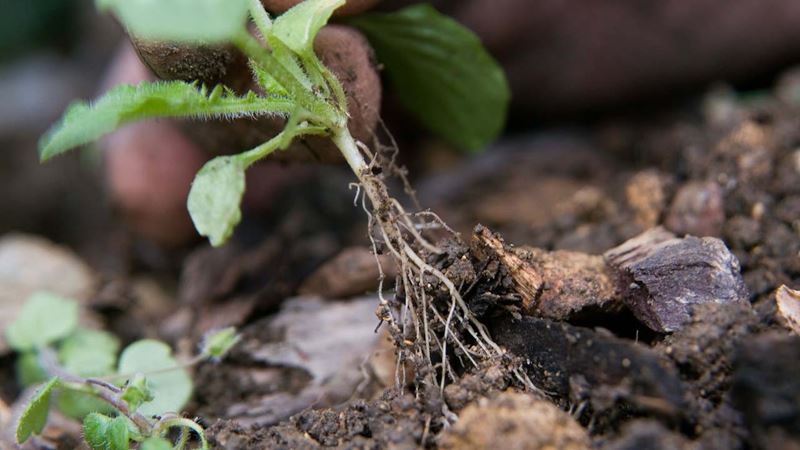
Keeping on top of the weeds in our garden is a constant challenge. “When we have a dry spell and it is a sunny day, using a hoe will keep weed numbers down,” says Webster. Leave the weeds to shrivel in the sun.
As gardeners, we can do many things to reduce weeds. “Simply planting tightly so there is no open ground helps and, of course, applying mulch or compost, which will also keep moisture in the soil too,” he adds.
Watch out for ‘free’ plants that have self-seeded. In many cases you can leave these, but editing may be needed.
We've got more expert advice on how to get rid of weeds without using chemicals.
Only harvest what you need
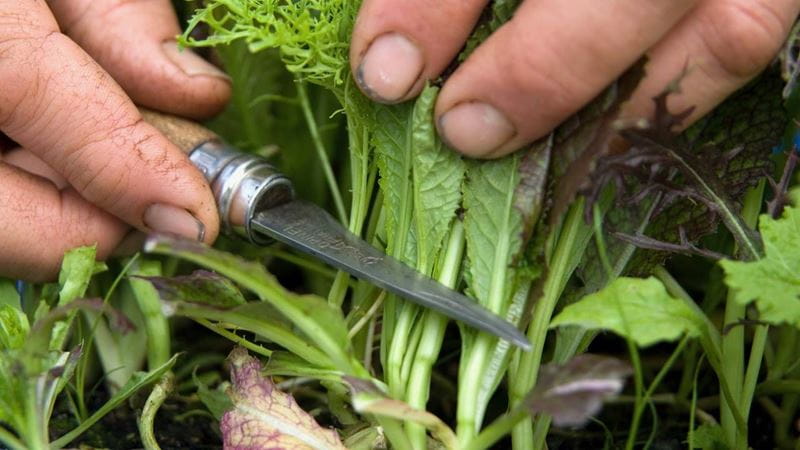
Summer is the time for home-grown salads. Known as 'cut and come again', they are just right for pots or veg patches.
Many things can be grown this way so you can enjoy the fresh young leaves of lettuce, mustard, parsley, rocket and spinach. “Harvest using scissors when they are big enough and only take as much as you need, as they will wilt quickly. So save what you don’t need until the next day!” says Webster. Leaves can be harvested for a prolonged period, as you are stopping them maturing and more new growth occurs; for a continuous crop keep sowing in different batches throughout the season.
As they are so tasty, other things will want to eat them before you,” says Webster. “So keep an eye on them, as slugs and snails may beat you to them. You can try various methods to protect them. Pots off the ground works, barriers with rough surfaces, or biological control, with creatures called nematodes that you dilute in water and simply apply whilst watering.”
There are so many jobs to do in the garden in June to keep on top of a flourishing green space that’ll keep you busy, make you smile and ensure that your outdoor areas continue to bloom through the summer.
And if things aren’t looking perfect, take note of a little cheat from Raven: “Fill any gaps in your borders with bedding plants, such as salvia, begonias, and one of my favourites – pelargoniums.”
But if you are off to the garden centre, don't make these plant-buying mistakes.
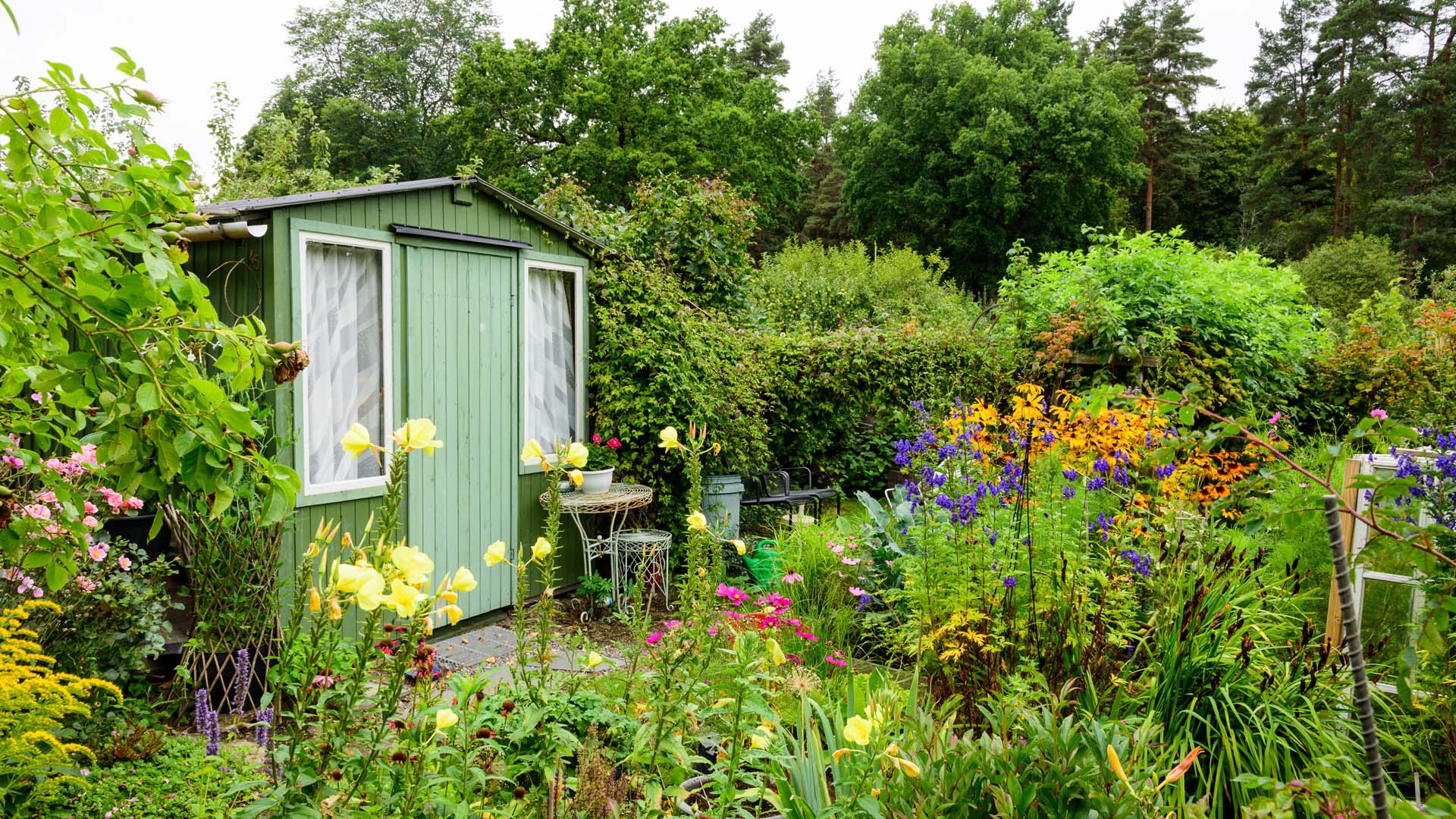
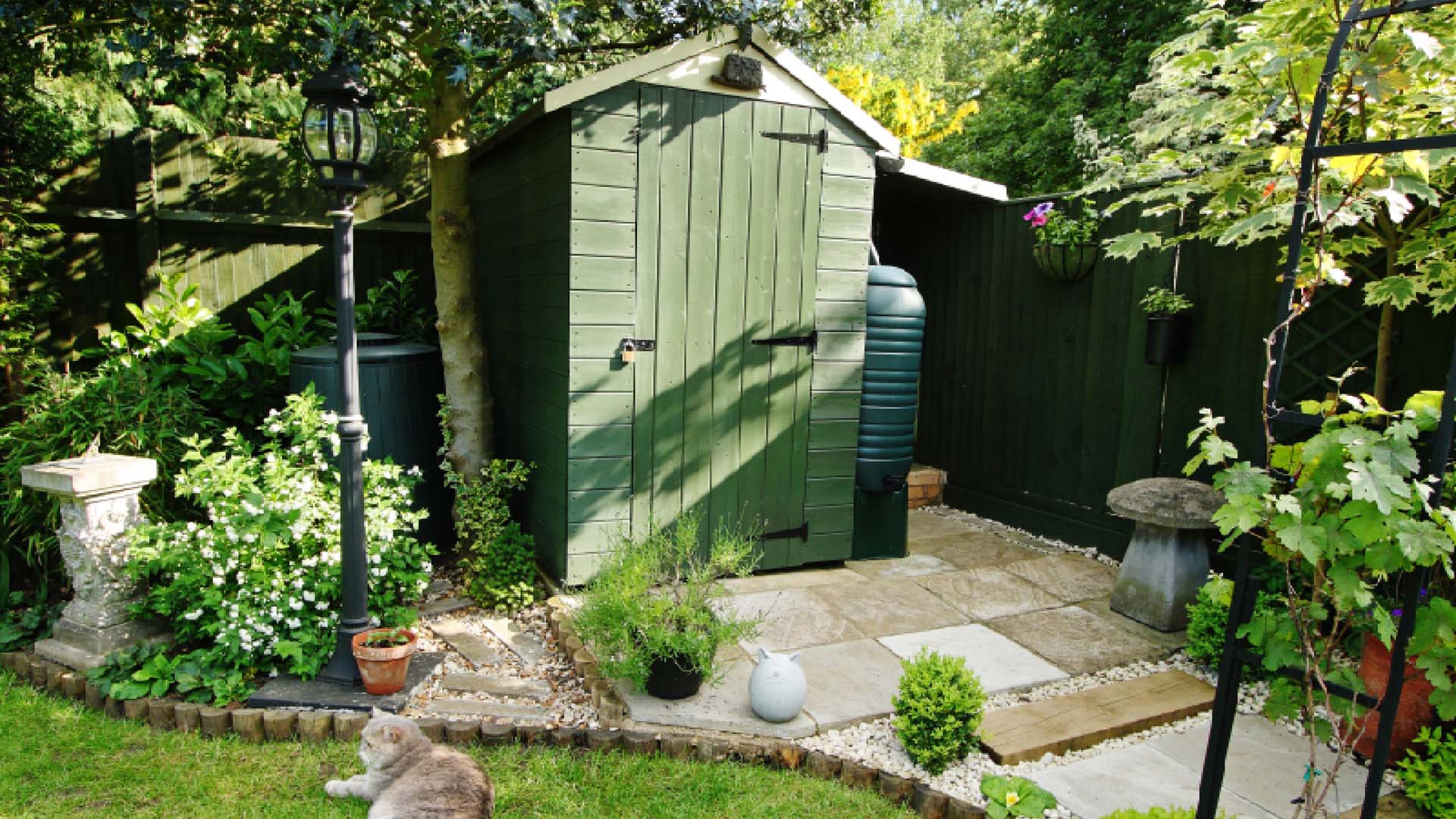
Size, height and where you put it are just some of the factors that will determine whether you’ll need planning permission for a shed.

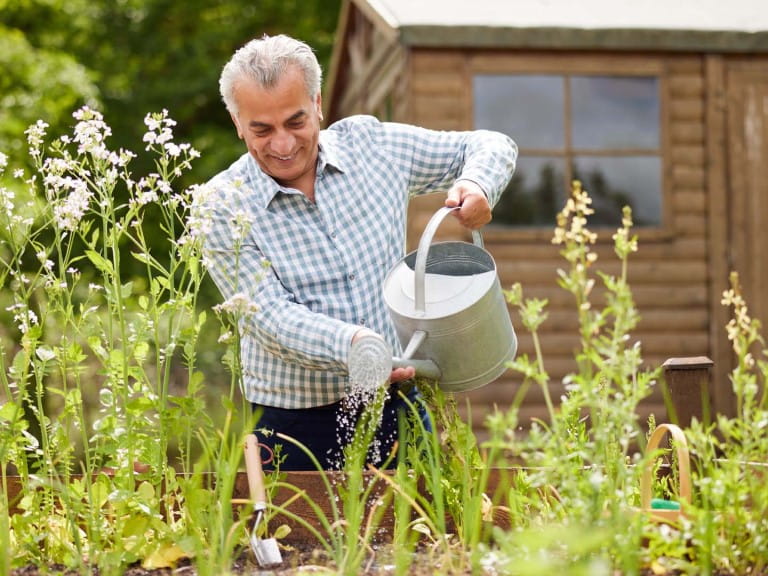
Our raised bed garden ideas can transform tight spaces, soften courtyards and break up sprawling lawns, making plants easier to access and care for.
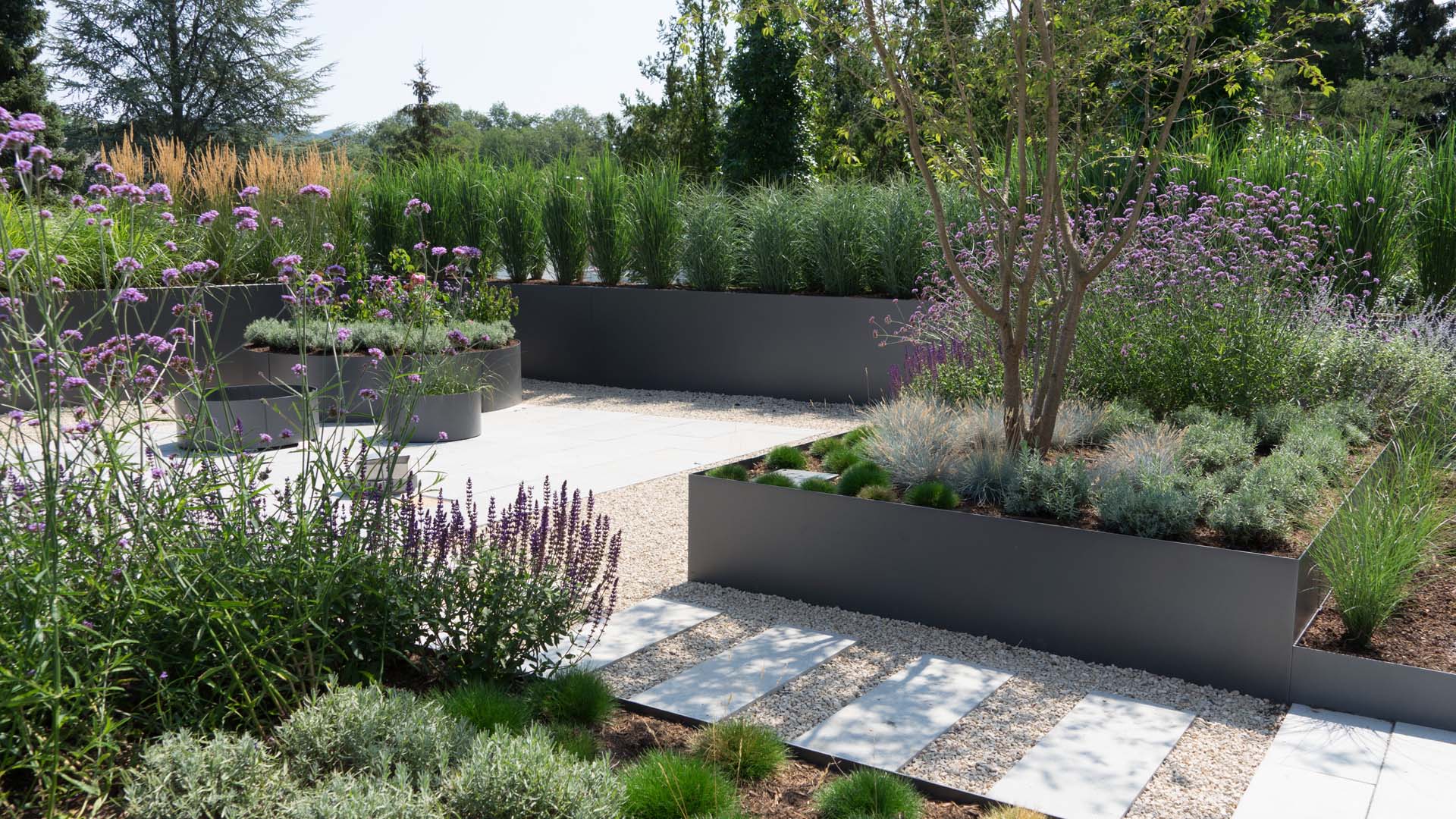
Love your garden, but don’t have enough time to look after it? We’ve got many ideas to reduce your work load.

Our best trees for small gardens offer character and colour.
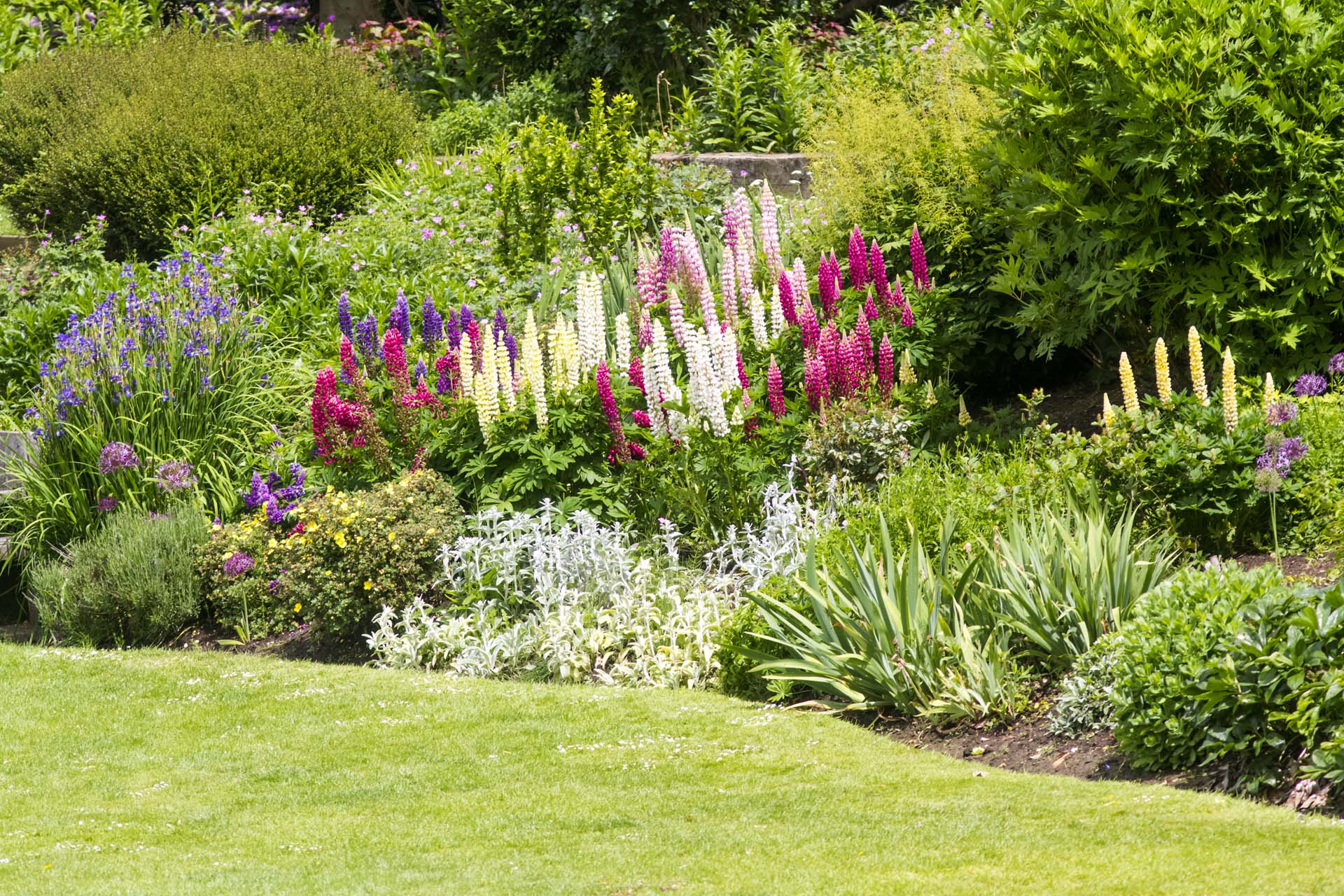
Create a beautiful border with minimum effort.
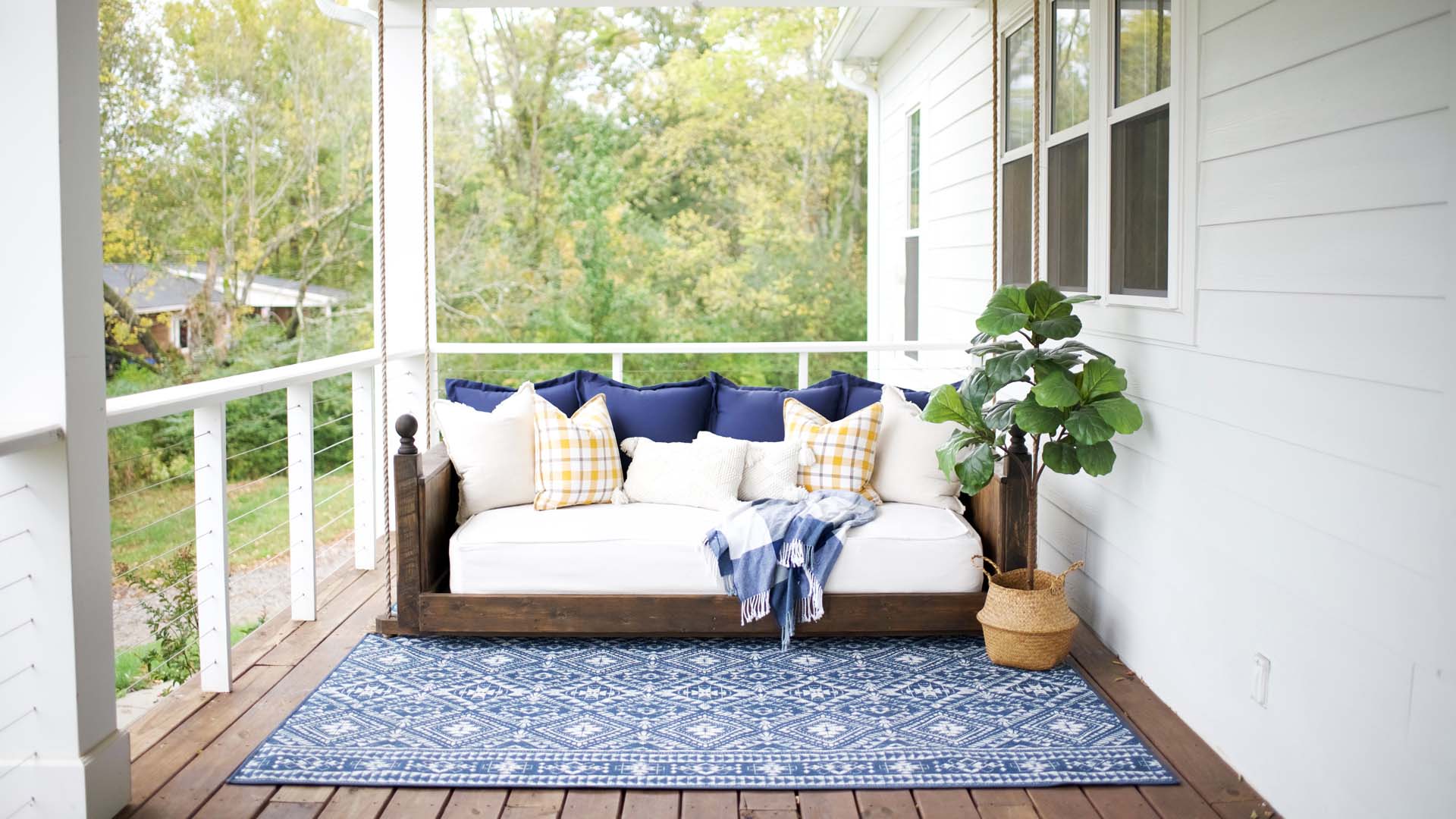
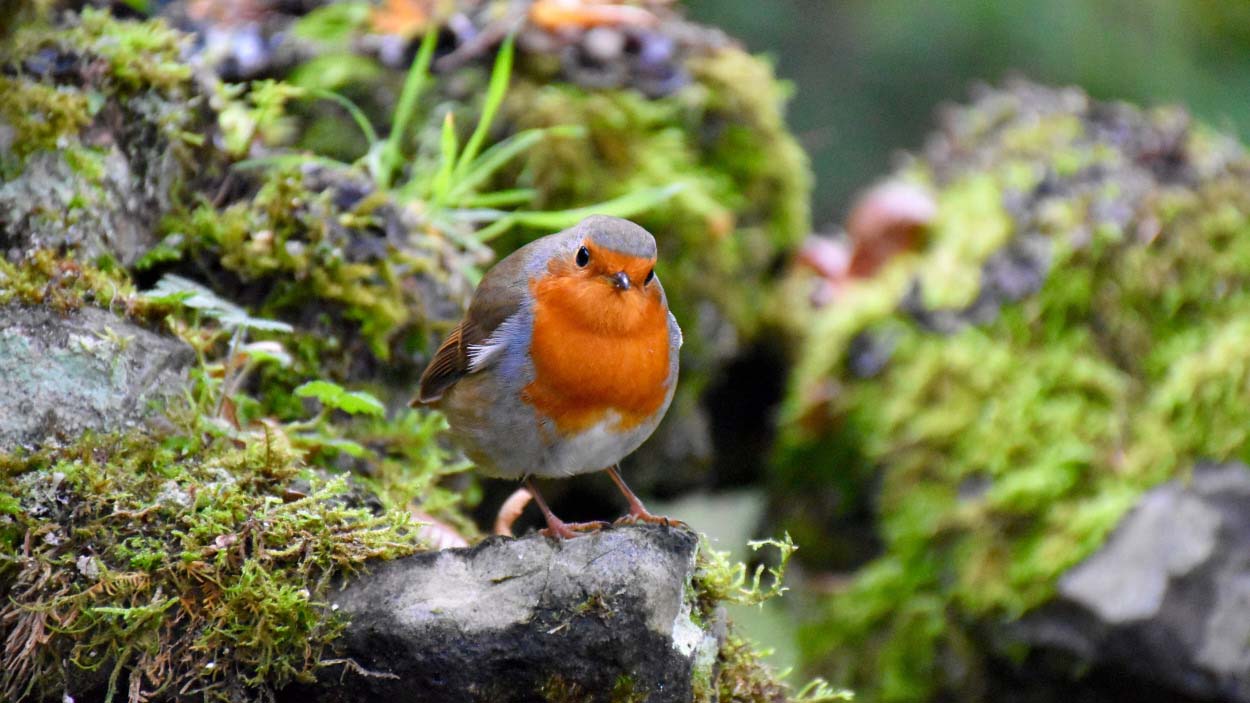
Try these clever ways with rocks, pebbles and boulders to transform your terrain.
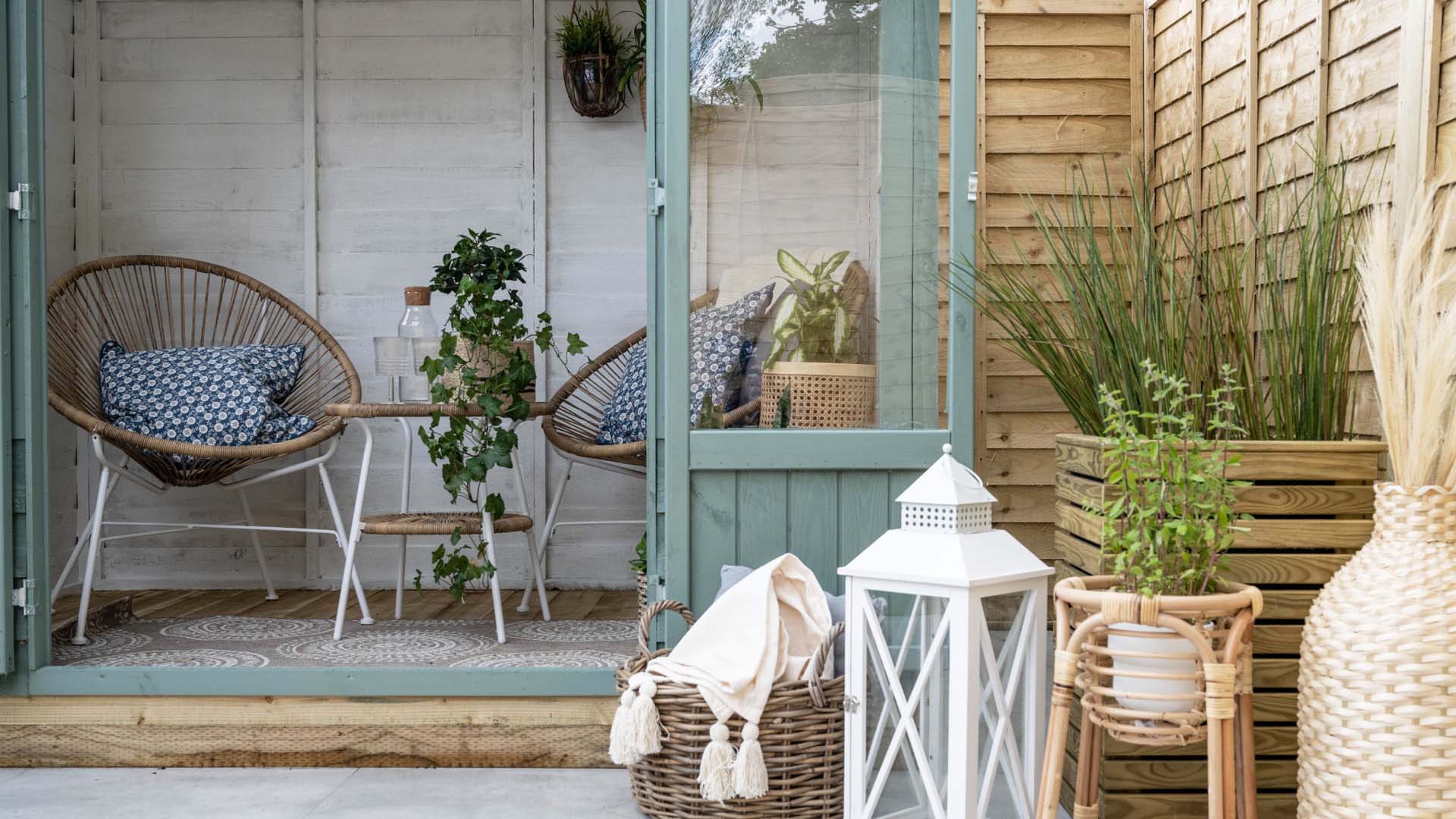
Discover how to make a small garden look bigger with our useful guide that’s crammed with easy tricks, from your choice of floor to the clever use of plants and accessories.

Our garden seating ideas and designs will help you make the best choice for your available outdoor space, with expert tips on keeping your purchases in top condition.